There’s something a little surreal about taking a pew in a traditional English chapel in the heart of Georgia. As the bright midday sun filters through the stained-glass windows, I might have been fooled into thinking that I was back home, sitting in a rural country church on a summers’ day in Suffolk. As I close my eyes, I can almost smell the must of centuries of parochial activity. Until the air conditioning unit kicks in that is.

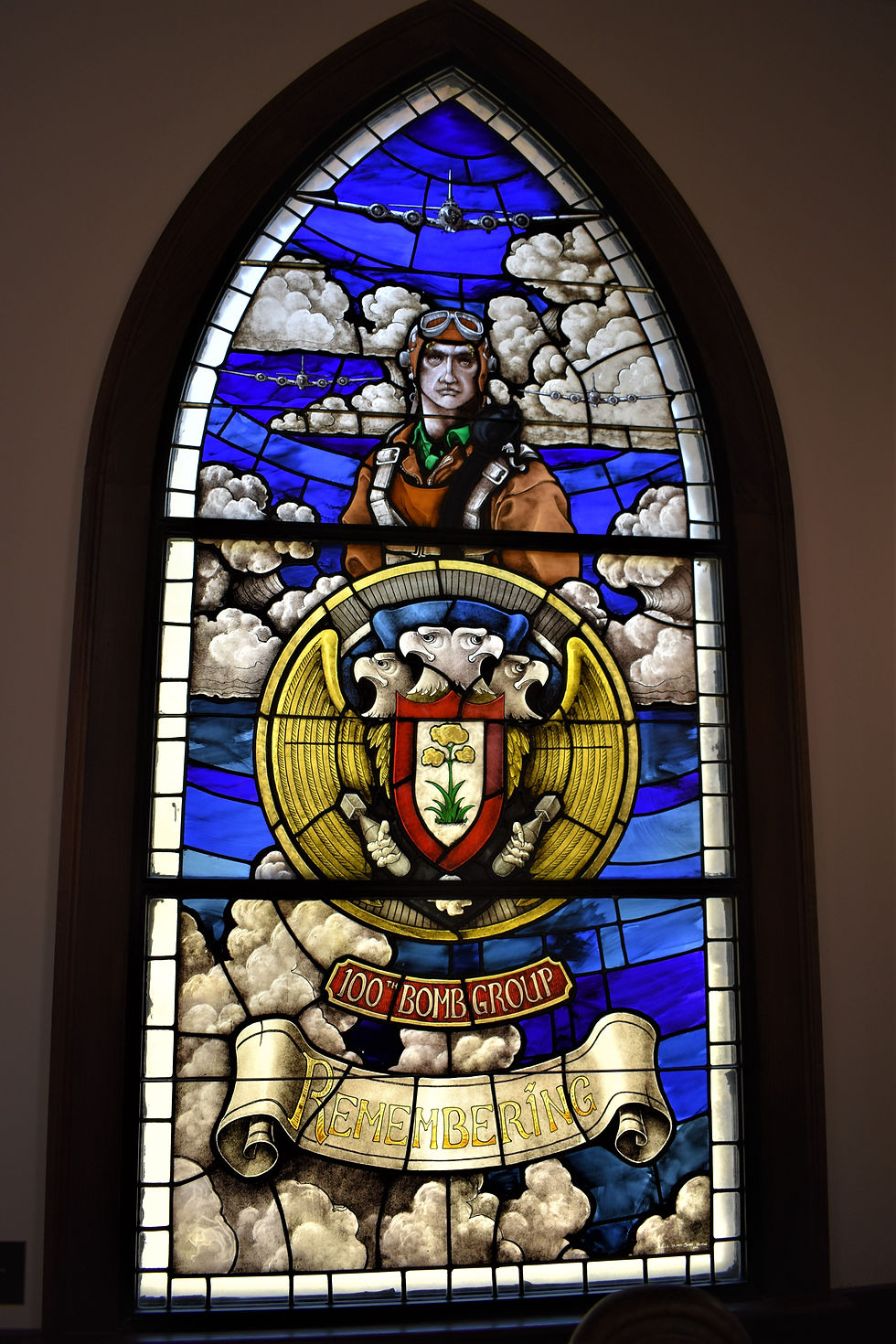
Stepping outside once again, the intended illusion is a little less convincing. The clean, uniform stones lack the patina of parish life, while the proportions of the tower are a little too precise to reflect the higgledy-piggledy development of most medieval churches. If that wasn’t enough to transport me back to reality, then the noise from the busy freeway overhead certainly did.
This is the Chapel of the Fallen Eagles at the Museum of the Mighty Eighth in Pooler, Georgia. Built in the Gothic English style and opened in 2002, the building pays homage to the ancient East Anglian churches that provided a place of rest and worship for the men of the Eighth Air Force during WWII. Today the chapel offers a quiet space for veterans and their family members to remember those who never came home.

The Mighty Eighth Museum has the largest collection relating to the wartime 8th Air Force in the world. Since opening in 1997, the museum has received a wealth of accessions from Eighth Air Force veterans and their descendants, including 62,000 unpublished photos, in addition to artefacts, letters and diaries. From the moment I started my PhD research, I had plotted ways of getting to this cornucopia of information. Luckily for me, the journey wasn’t a difficult one. As it turned out, the folks at the museum were more than happy to host my visit whilst CHASE (the organisation who funds my research) generously agreed to sponsor the trip.
So there I was, after months of planning. As I stood in the museum's impressive rotunda at the start of my month-long sojourn, I couldn't help but feel a little nervous. I needn't have worried. After lots of introductions, that first morning was spent on a whirlwind tour of the museum galleries with Gill, one of the Mighty Eighth’s knowledgeable docents.
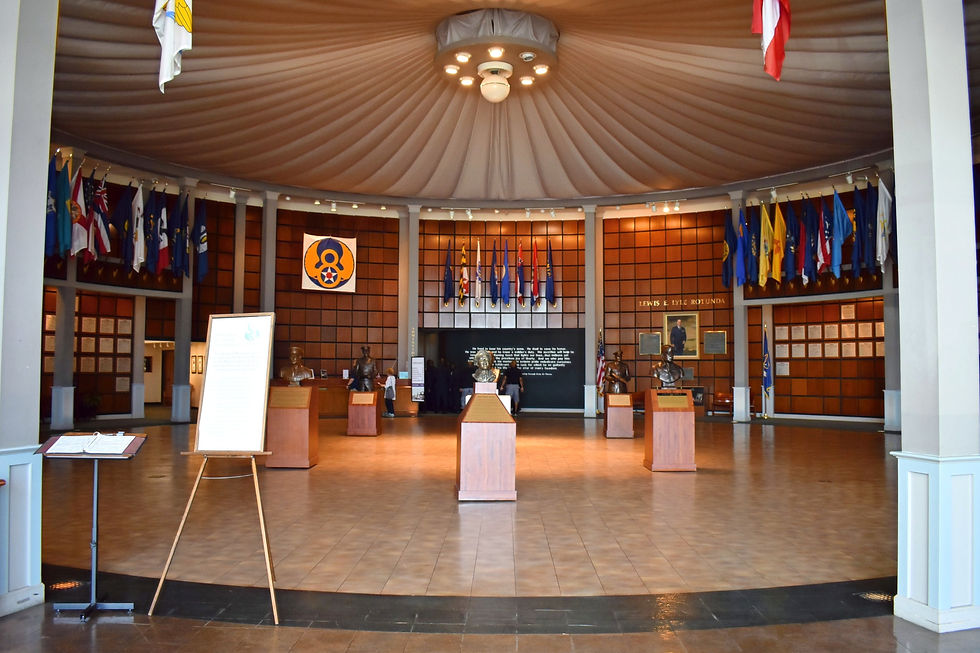
Looming over the Combat Gallery is the museum’s pride and joy, The City of Savannah, a painfully restored B-17 whose silver wings almost touch each side of the gallery (a feat which made me wonder how they managed to get this majestic warbird into the building in the first place). A couple of weeks into my stay I had the privilege of exploring the cramped interior of this old warbird with Kristen, whose B-17 knowledge brought the experience of air combat to life, and gave me an added respect for those who navigated these flying tin cans.
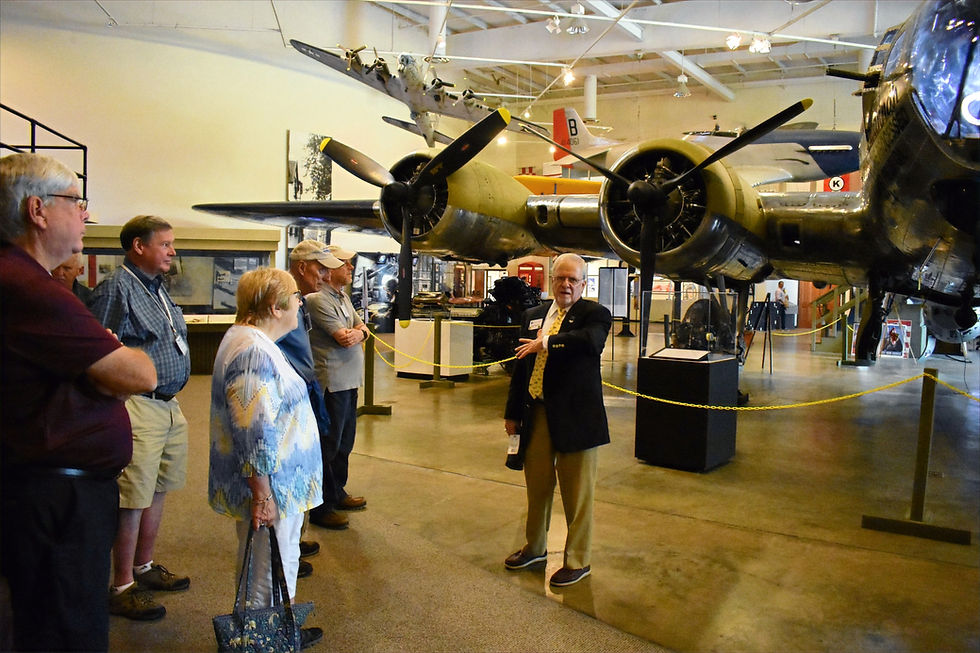
After finishing my tour with Gill, I headed up to the Roger Freeman Archive to meet up with Dr Vivian Rogers-Price. As the museum's long-serving archivist and Vice-President of the the 8th Air Force Historical Society, Vivian is an expert on all aspects of the air war over Europe. I was incredibly lucky that I would be spending the next four weeks in the archive, making use of both this incredible collection and Vivian's expertise.
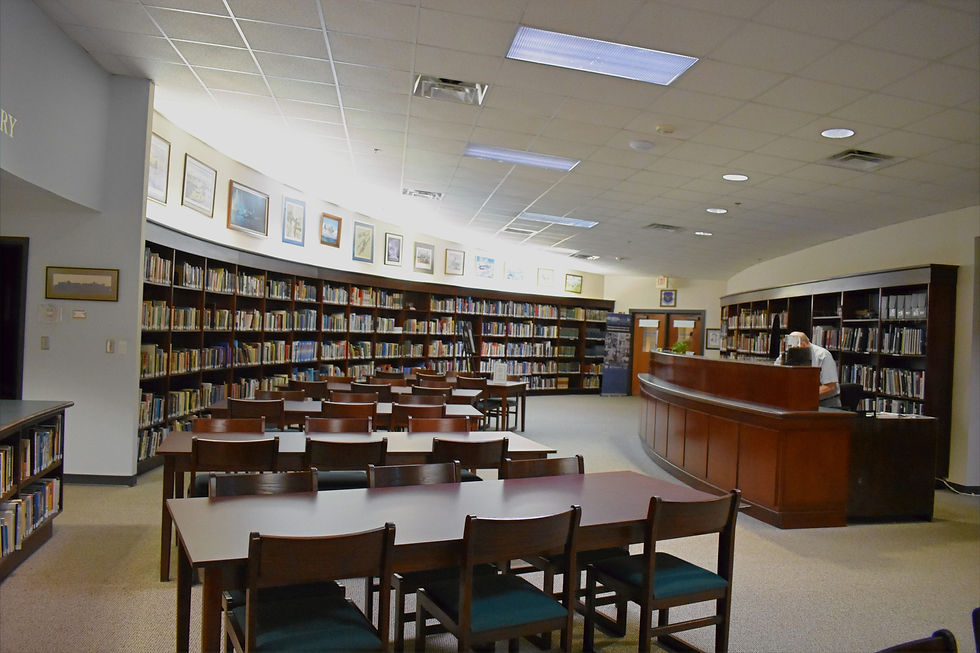
After a long first day filled with facts, form-filling and colleagues' names that had already drained out the other ear, I was relieved to make the short trip across the car park to the Best Western - my home for the next four weeks. It was here that I would embark on another research challenge: finding ways to master hotel room cooking! As it turned out, my time at the Eighth Air Force Museum would go so quickly that I didn't even have to worry about the sheer number of microwave jacket potatoes I was eating.
An average working day would start with a foray into the hotel's breakfast buffet, a relatively unchanging display of scrambled eggs, waffles and hashbrowns. After breakfast and a friendly word with the always-smiling housekeeping staff, I would step out into the humid Georgia air. Like the buffet, this rarely changed and despite the slowly changing leaves hinting at the arrival of autumn, the temperature begged to differ.
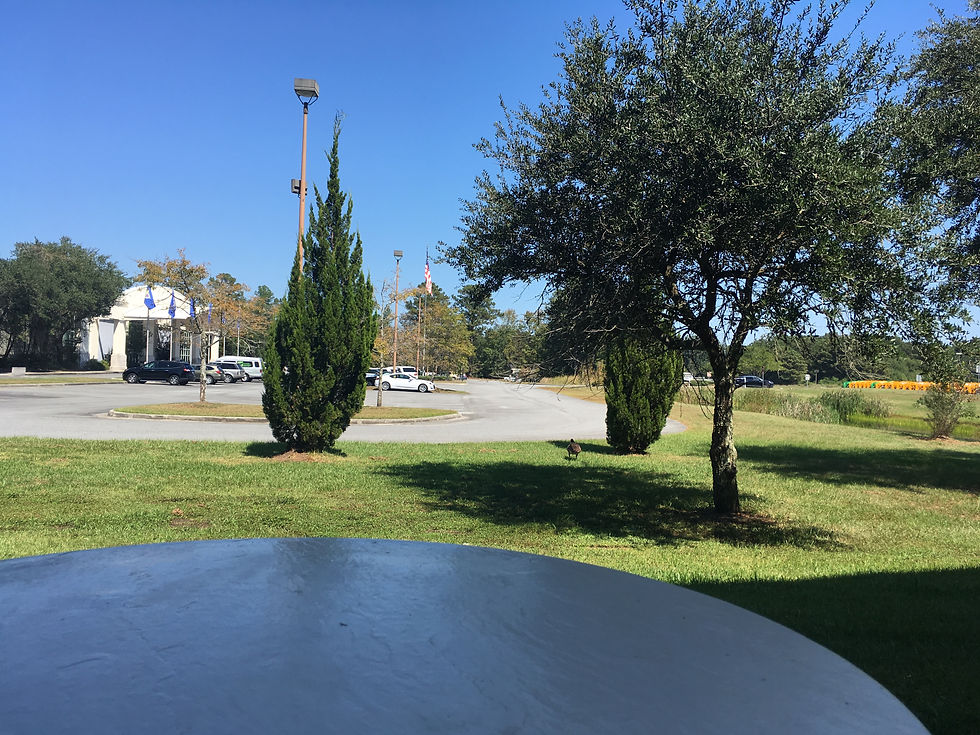
Arriving at the archive at 9am, I set to work on the tasks for the day. Some mornings this involved scrolling through endless microfiches until my eyes hurt, other days would be spent transcribing oral history interviews for the archive. Lunchtime was spent in the boardroom with my museum colleagues, or outside in the shade, watching the egrets fish in the pond. Some lunch hours I wandered around the museum displays, finding objects and stories that I'd missed the first time round. Back in the archive, I would carry on with my research, unearthing crew photos, mission diaries or scrapbooks that I'd excitedly snap photos of for later use.
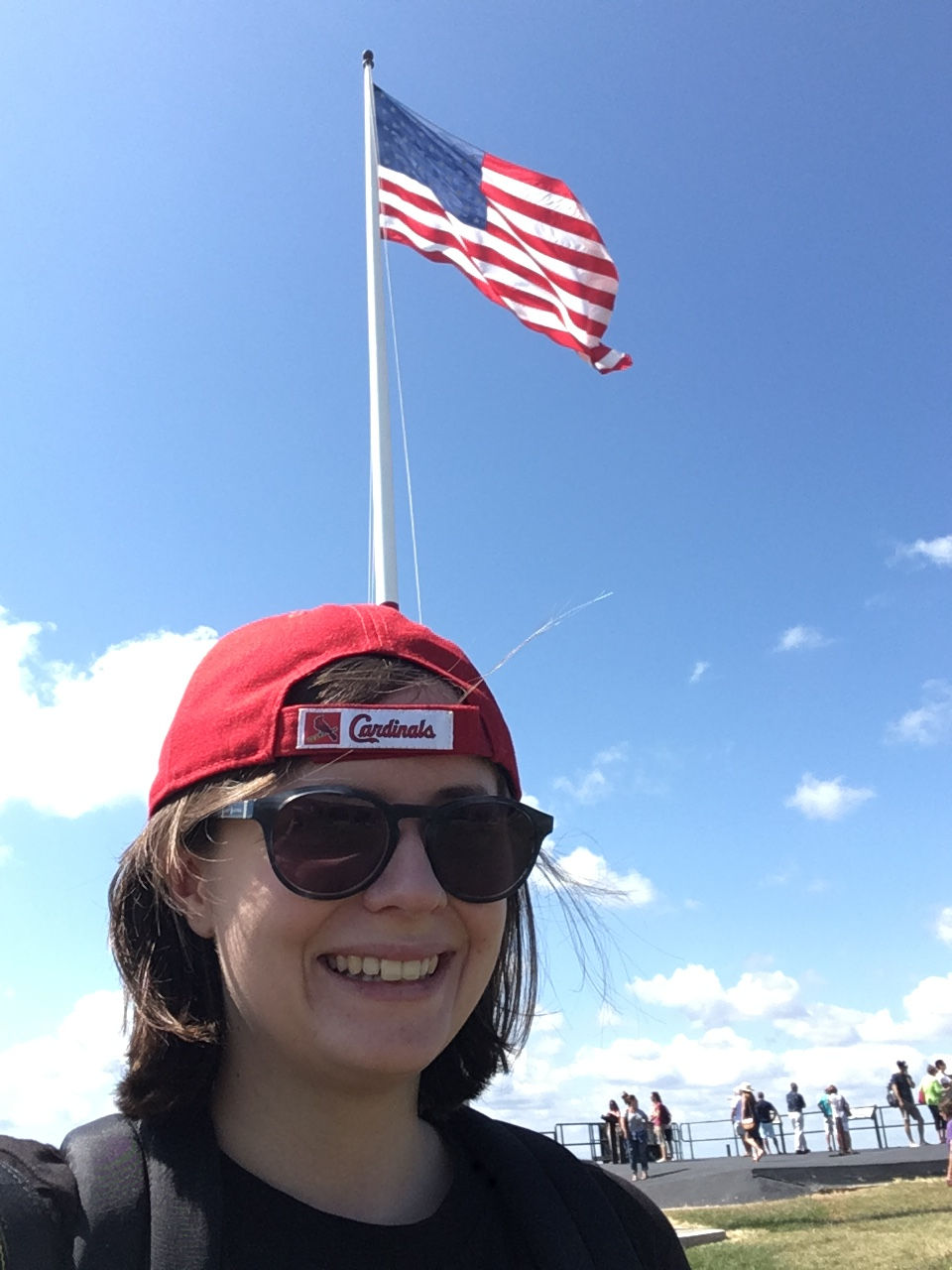
On my weekends I ventured out into Savannah, visiting the fantastic Telfair Museum and embarking on one of the city's many ghost tours. I found the outlet mall, watched Downton Abbey and got overly excited at hearing English accents for the first time in days.
On my last weekend I took the Amtrak up to Charleston and embarked on a manic but hugely enjoyable whistestop tour of the city, beginning with a visit to the wonderfully curated Charelston Museum, followed by a boat trip to Fort Sumter and souvenir shopping in the City Market, and ending with the best sandwich of my entire trip/life.
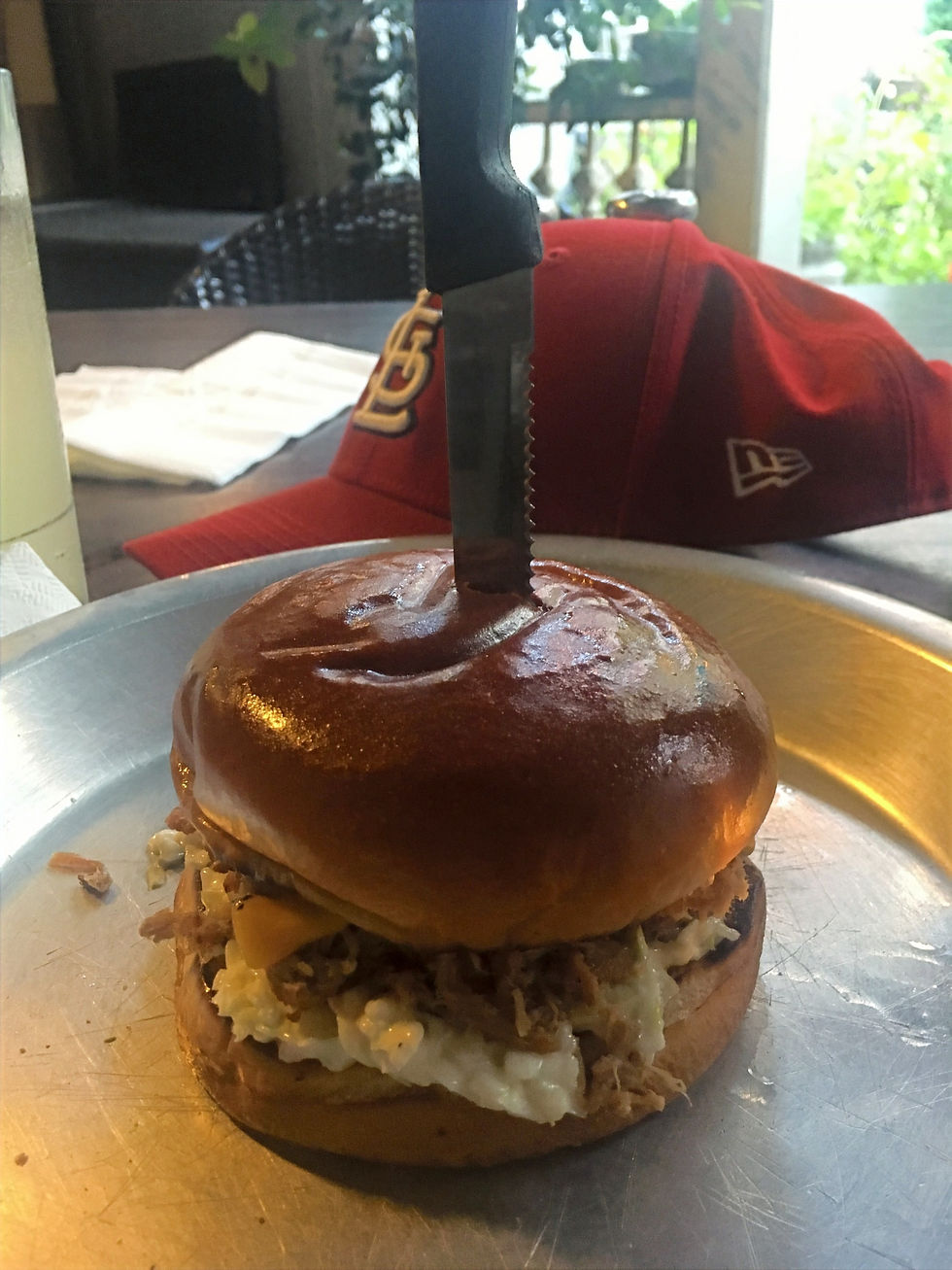

Before I knew it, September had given way to October and I was saying goodbye to Georgia and my new friends at the museum. This little corner of Pooler, comprised solely of budget motels, drive-through restaurants and freeways, had left a little imprint on my heart. If only as a reminder of that time that I could eat waffles every day for a month and no one cared.
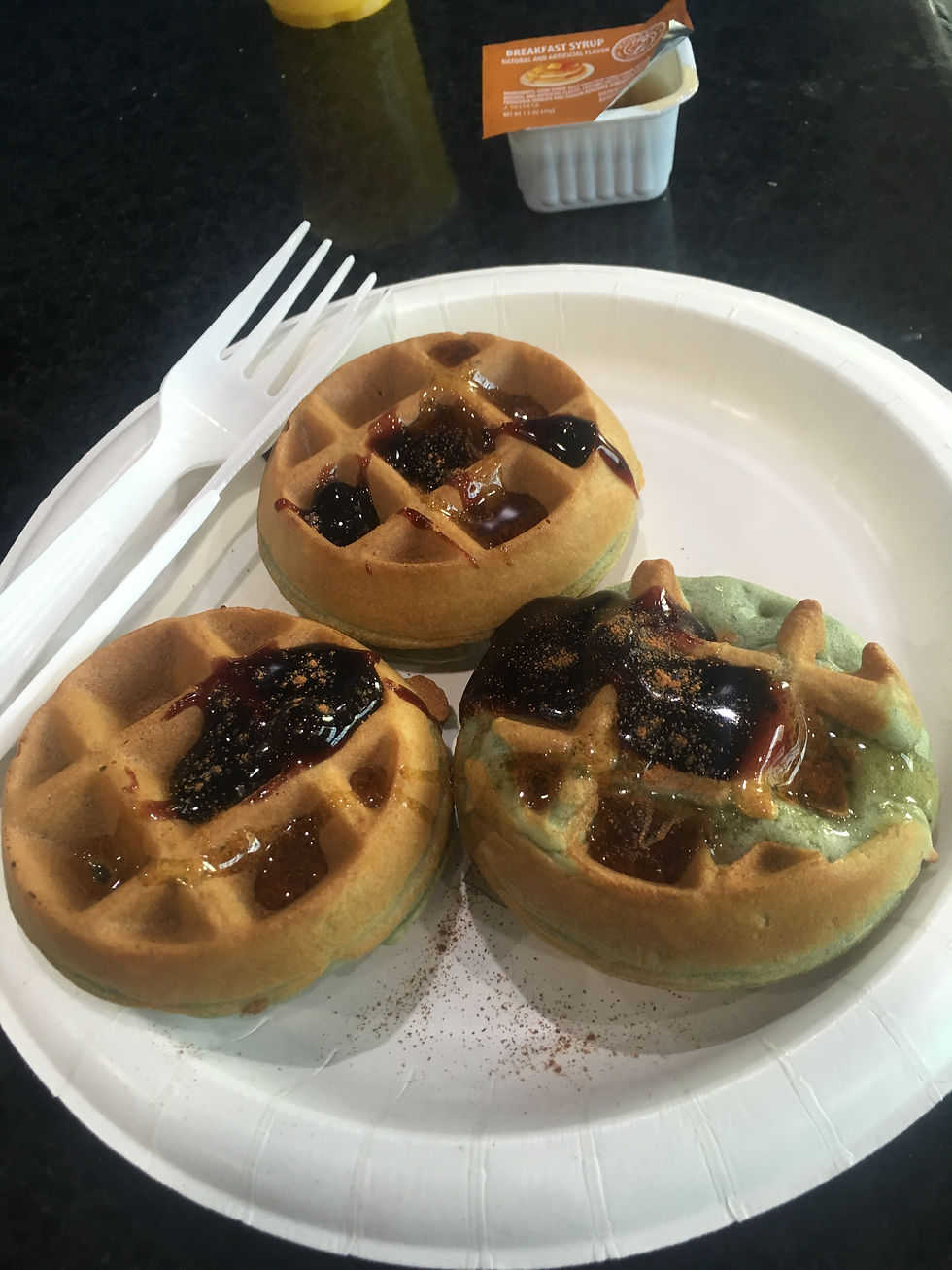

コメント